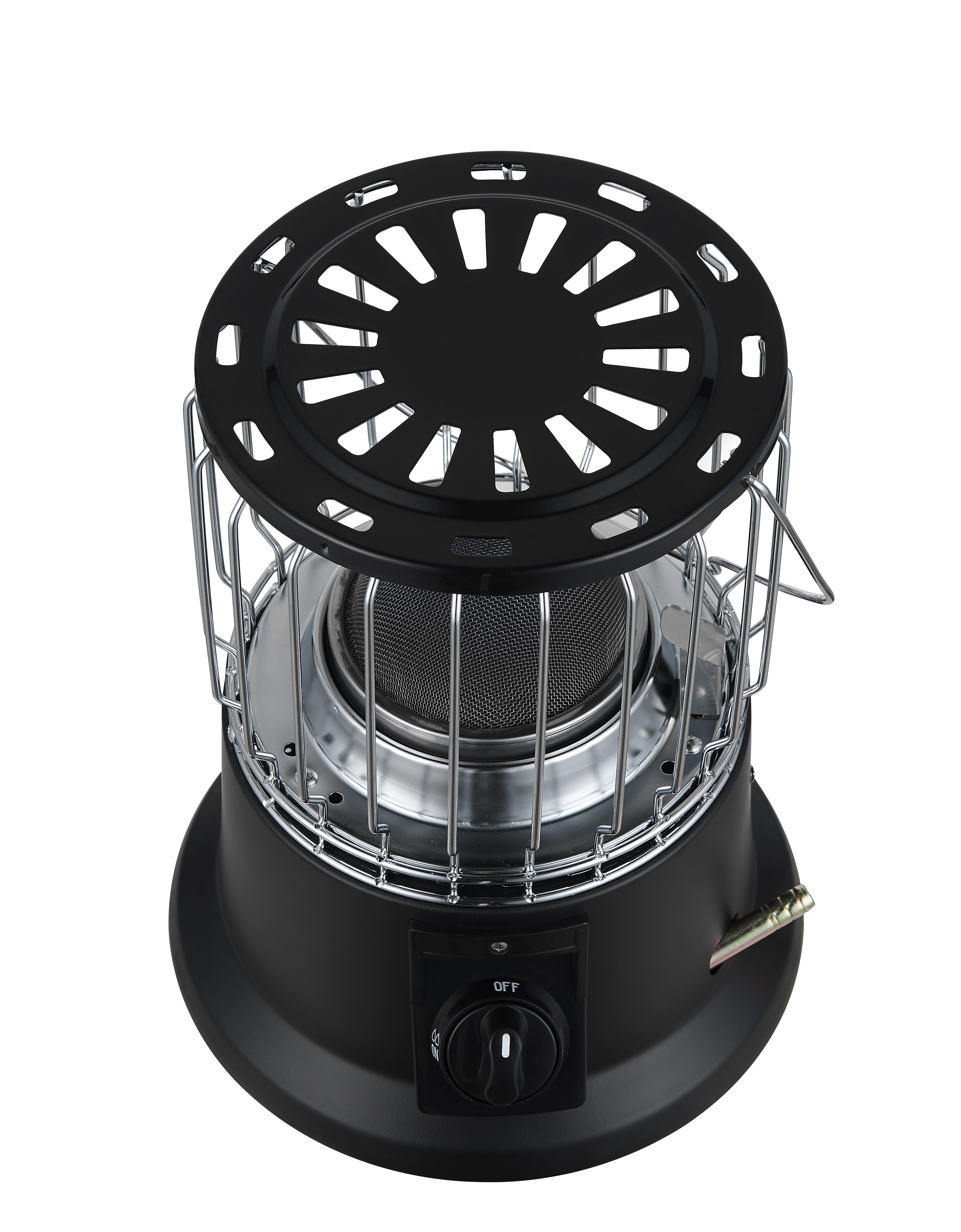What Is an Infrared Heater and How Does It Work?
The Growing Popularity Of Infrared Heating
In recent years, the demand for efficient and comfortable heating solutions has increased significantly, and one technology that has captured wide attention is the infrared heater. Unlike traditional convection systems that warm the air, an infrared heater provides direct radiant heat, much like the sun’s warmth. This makes it highly efficient, fast-acting, and suitable for both residential and commercial environments. By delivering targeted comfort while reducing unnecessary energy waste, the infrared heater has become an appealing option for modern homes, offices, and outdoor spaces. Understanding how it works and what advantages it offers can help users make informed choices when selecting the right heating system.
Basic Working Principle Of An Infrared Heater
Heat Transfer Mechanism
An infrared heater works through radiant heat transfer, which means it emits infrared rays that directly warm objects and people rather than the surrounding air. This is similar to standing in the sunlight on a cool day—the warmth felt on the skin comes directly from infrared radiation. Unlike conventional heaters, which circulate warm air, an infrared heater minimizes heat loss caused by air movement and drafts.
Energy Conversion Process
Inside an infrared heater, electrical energy or fuel is converted into infrared radiation through specialized heating elements. These elements often include quartz tubes, ceramic plates, or carbon fiber emitters that efficiently release long-wave or short-wave infrared energy. This process ensures that energy is focused on heating where it is needed most, rather than dispersing throughout the entire space.
Efficiency In Different Environments
Because infrared radiation directly targets objects, efficiency levels remain consistent even in spaces with poor insulation or open areas. For example, an infrared heater can effectively warm outdoor patios, warehouses, or garages where conventional heating systems struggle.
Types Of Infrared Heaters
Quartz Infrared Heaters
Quartz infrared heaters use quartz tubes as the heating medium. They are quick to heat up, provide strong short-wave infrared output, and are often used in outdoor spaces or for spot heating. Their rapid response makes them practical for areas where immediate warmth is required.
Ceramic Infrared Heaters
Ceramic heaters use ceramic elements to produce medium-wave infrared radiation. These units offer more balanced, longer-lasting heat, making them ideal for indoor living rooms, offices, or commercial applications. Their ability to maintain consistent warmth provides comfort without overheating.
Carbon Fiber Infrared Heaters
Carbon fiber heaters produce gentle and evenly distributed long-wave infrared radiation. They are known for their energy efficiency, soft heat output, and durability. Often preferred for bedrooms and wellness areas, these infrared heaters deliver warmth in a way that feels natural and comfortable.
Advantages Of Infrared Heaters
Direct And Targeted Heating
One of the main benefits of an infrared heater is that it provides direct warmth to people and objects in its path. This eliminates the delays associated with waiting for air to warm up, ensuring instant comfort.
Energy Efficiency And Cost Savings
Because an infrared heater reduces wasted energy by heating only occupied spaces, it often consumes less electricity compared to traditional systems. Over time, this translates into noticeable cost savings, particularly for households or businesses with high heating demands.
Quiet And Clean Operation
Infrared heaters operate silently, without fans or moving parts. They also do not burn fuel or release emissions, making them an environmentally friendly choice. This clean operation contributes to healthier indoor air quality since it avoids circulating dust or allergens.
Applications Of Infrared Heaters
Residential Heating Solutions
Infrared heaters are widely used in homes, providing targeted heating in bedrooms, living rooms, or bathrooms. Their compact design and ability to create localized warmth make them a convenient solution for families seeking comfort without excessive energy consumption.
Commercial And Industrial Uses
Warehouses, factories, and large commercial spaces benefit from infrared heaters since they perform well even in poorly insulated or partially open environments. Instead of trying to heat large volumes of air, these heaters provide warmth exactly where workers or customers need it.
Outdoor And Recreational Spaces
Infrared heaters are ideal for patios, terraces, and outdoor cafes. Even on chilly evenings, these heaters allow people to enjoy comfortable warmth outdoors without wasting energy heating the surrounding air.

Safety Features Of Infrared Heaters
Overheat Protection Systems
Most modern infrared heaters are equipped with automatic shut-off mechanisms that activate if the unit overheats. This feature prevents accidents and ensures safe long-term operation.
Tip-Over Switch Protection
Portable infrared heaters often include tip-over protection. If the unit is accidentally knocked over, it immediately turns off to prevent fire hazards.
Cool-To-Touch Exterior Designs
Advanced designs keep the outer casing of infrared heaters cool to the touch, making them safe around children and pets. This feature enhances confidence for families using them in everyday spaces.
Comparison Between Infrared Heaters And Traditional Systems
Heating Speed And Comfort
Unlike conventional systems that rely on circulating warm air, infrared heaters provide immediate warmth. This makes them highly effective for quick comfort during cold mornings or evenings.
Energy Distribution And Savings
Traditional heaters often waste energy heating unused areas, while infrared heaters focus heat exactly where it is needed. This difference in energy distribution makes them more efficient and cost-effective in many scenarios.
Maintenance And Durability
Infrared heaters generally require less maintenance compared to traditional heating systems. With fewer moving parts and durable heating elements, they provide long service life with minimal upkeep.
Future Development Of Infrared Heating Technology
Smart Control Integration
The next generation of infrared heaters will increasingly integrate with smart home systems, allowing users to control heating levels remotely through mobile apps or voice assistants.
Improved Energy Efficiency
With advancements in materials and design, future infrared heaters will become even more energy-efficient, reducing overall consumption while delivering consistent warmth.
Eco-Friendly Innovations
Manufacturers are working on eco-friendly heating solutions that use renewable energy sources in combination with infrared technology, further lowering carbon footprints.
FAQ
What is the main difference between an infrared heater and a traditional heater
An infrared heater provides direct radiant heat to people and objects, while traditional heaters warm the surrounding air. This makes infrared heating more efficient and immediate.
Are infrared heaters safe to use indoors
Yes, infrared heaters are safe when used according to manufacturer instructions. They often include safety features such as overheat protection, tip-over switches, and cool-to-touch exteriors.
Can an infrared heater reduce energy costs
Since infrared heaters focus heat only where needed, they often consume less electricity than conventional systems. Over time, this efficiency can lower overall energy costs.
Where are infrared heaters most effective
Infrared heaters are effective in both indoor and outdoor settings, including homes, offices, warehouses, patios, and cafes. They perform especially well in spaces where traditional systems struggle.







